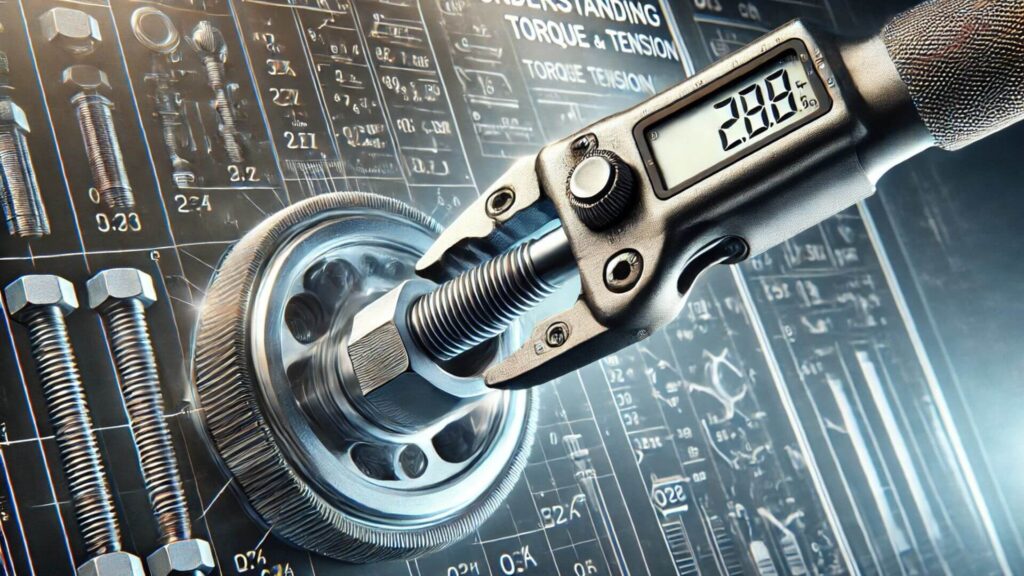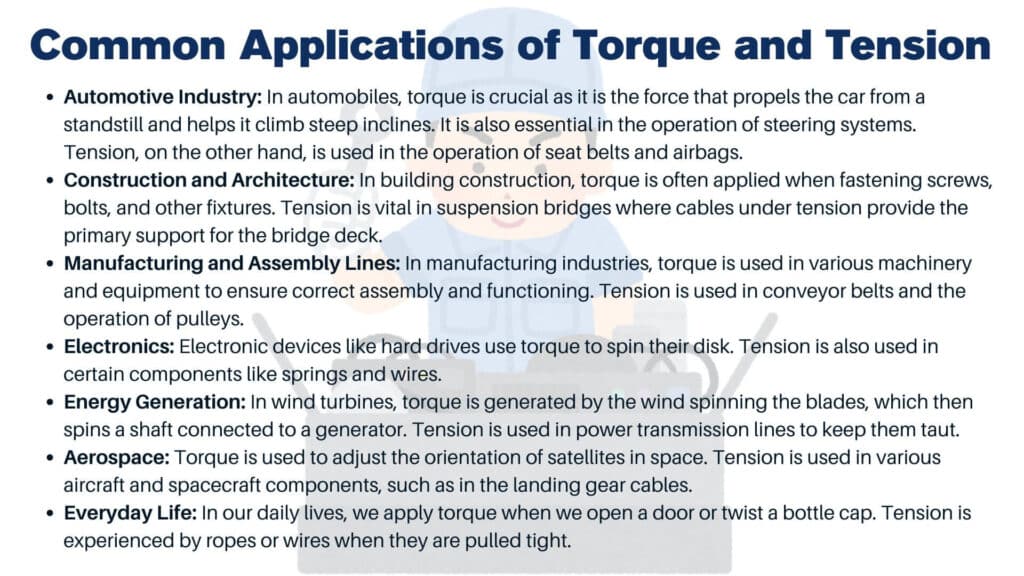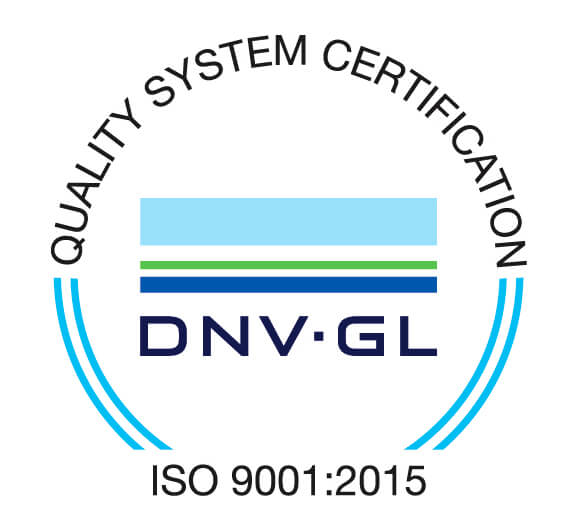When tightening fasteners, customers often find themselves in a dilemma between torque vs tension. While both techniques are suitable for achieving the desired residual bolt load, distinct differences between them need to be considered before making the most appropriate selection.
This article will provide an in-depth comparison of torque vs tension and explore what sets them apart from each other. We’ll also look at various factors, such as accuracy and safety, that should be taken into account when choosing one over the other. By understanding these differences better, you can decide which approach is best suited for your specific application needs.
Table of Contents
ToggleUnderstanding Torque and Tension

Torque vs tension is two fundamental concepts in physics and engineering, often used interchangeably but representing different aspects of force.
Torque
Torque measures the force that can cause an object to rotate about an axis. It’s calculated as the product of the force applied and the distance from the point of application to the axis, with the force acting at right angles to the direction of displacement. This turning force is essential for tightening bolts, driving screws, or turning gears.
Tension
On the other hand, tension refers to the pulling force transmitted axially by means of a string, a cable, chain, or similar one-dimensional continuous object or by each end of a rod, truss member, or similar three-dimensional object—ropes, cables, or any form of linkages in suspension experience it.
Causes and Effects of Torque and Tension
Torque is caused by a couple of forces or a force causing an object to rotate. The effect of torque is visible in the rotation or angular acceleration of objects. For instance, when you use a wrench to tighten a bolt, the force you exert at the handle creates a torque that turns the bolt.
Tension, on the other hand, is caused by forces pulling on an object from opposite sides. The effects of tension are seen in the elongation or stretching of objects. In a simple scenario, if you hold a string at both ends and pull it taut, it experiences tension.
Calculating Torque and Tension

There’s also a difference when it comes to measuring both torque vs tension. Each concept has its equation, which can be used to calculate the value of the respective force. With that said, here’s a quick overview of how to measure both torque and tension, respectively:
Torque Calculation
Torque (τ) is calculated by multiplying the force applied (F) by the distance from the point of application to the axis of rotation (r). This is represented mathematically as:
T = F * r
It’s important to note that the force must be perpendicular to the direction of displacement. If it’s not, you should only consider the component of the force that acts perpendicularly to the displacement. In such cases, the formula becomes:
T = F * r * sin(θ)
Where,
- θ is the angle between the force vector and the displacement vector.
- The units for torque are Newton-meters (N.m) in the International System of Units (SI).
Tension Calculation
Tension is a bit more complex to calculate as it can depend on several factors, including the material properties, length, and cross-sectional area of the object experiencing the tension and the force being applied.
For an ideal string or cable under tension, the tension throughout its length is constant and equal to the force applied, assuming nobody forces like gravity are acting on it.
In real-world applications, when a cable suspends a load, the tension (T) in the cable can be calculated using the formula:
T = m * g
Where,
- m is the mass of the load, and
- g is the acceleration due to gravity.
Advanced methods like finite element analysis might be required to calculate tension accurately for more complex scenarios involving non-uniform objects or varying forces.
Please note that these are simplified explanations. Real-world scenarios often involve additional considerations like friction, material deformation, temperature effects, etc. Always consult with a qualified engineer when performing such calculations for practical applications.
Common Applications of Torque and Tension
Torque and tension are fundamental concepts in physics and engineering, and they find applications in various fields. Here are some of the common uses:

- Automotive Industry: In automobiles, torque is crucial as it is the force that propels the car from a standstill and helps it climb steep inclines. It is also essential in the operation of steering systems. Tension, on the other hand, is used in the operation of seat belts and airbags.
- Construction and Architecture: In building construction, torque is often applied when fastening screws, bolts, and other fixtures. Tension is vital in suspension bridges where cables under tension provide the primary support for the bridge deck.
- Manufacturing and Assembly Lines: In manufacturing industries, torque is used in various machinery and equipment to ensure correct assembly and functioning. Tension is used in conveyor belts and the operation of pulleys.
- Electronics: Electronic devices like hard drives use torque to spin their disk. Tension is also used in certain components like springs and wires.
- Energy Generation: In wind turbines, torque is generated by the wind spinning the blades, which then spins a shaft connected to a generator. Tension is used in power transmission lines to keep them taut.
- Aerospace: Torque is used to adjust the orientation of satellites in space. Tension is used in various aircraft and spacecraft components, such as in the landing gear cables.
- Everyday Life: In our daily lives, we apply torque when we open a door or twist a bottle cap. Tension is experienced by ropes or wires when they are pulled tight.
The Relationship Between Torque and Tension
The relationship between torque and tension is significant when considering the integrity and reliability of bolted joints. When a bolt is tightened, the applied torque results in tension in the bolt shank, clamping force between the joined parts. If the torque is too little, the joint may loosen under operation; if the torque is too much, the bolt may yield or break.
Real-World Examples and Technical Specs
To understand the practical application of these principles, consider a bolted joint in an automobile engine. The manufacturer will specify the required torque to achieve the necessary tension in the bolt, ensuring the joint’s integrity under various operating conditions.
Best Practices, Tools, and Techniques
Achieving optimal torque and tension involves accurate measurement and control. Torque wrenches, tension gauges, and torque-tension testers are commonly used tools. It is also crucial to consider factors such as friction, which can significantly affect the relationship between torque and tension.
Streamline Torque Measurements Using a Low-code Platform
If you manage a business that requires precise torque measurements, using advanced digital torque tools can significantly improve accuracy and efficiency. Traditional manual methods can be inconsistent, leading to potential errors and quality issues.
DATAMYTE’s LightStar™ Torque Wrench is a state-of-the-art solution designed to provide precise and reliable torque measurements. This digital tool ensures consistency by eliminating human error and delivering real-time data for better decision-making. With its advanced technology, the DATAMYTE LightStar™ Torque Wrench allows you to capture, store, and analyze torque readings effortlessly.
By integrating DATAMYTE’s torque solutions into your workflow, you can enhance quality control, reduce measurement variability, and ensure compliance with industry standards. Additionally, DATAMYTE enables you to conduct Layered Process Audits (LPA) to proactively identify and address torque-related issues before they escalate into major defects.
With DATAMYTE’s Torque Wrench, you have a reliable, high-precision tool to streamline your torque measurement process. Book a demo today to see how DATAMYTE can improve your quality assurance and operational efficiency.
Conclusion
While torque and tension are different force aspects, they are closely related in many practical applications. Understanding their relationship is key to the design and assembly of reliable, high-performance components and systems. In addition, accurate measurement of torque vs tension is essential to ensure reliable operation and safety in many industries.
Low-code platforms like DATAMYTE can help streamline the process of measuring torque and conducting layered process audits. With these solutions, you can ensure that your components are tight enough for safe operation but not too tight to cause damage. Get started today!



